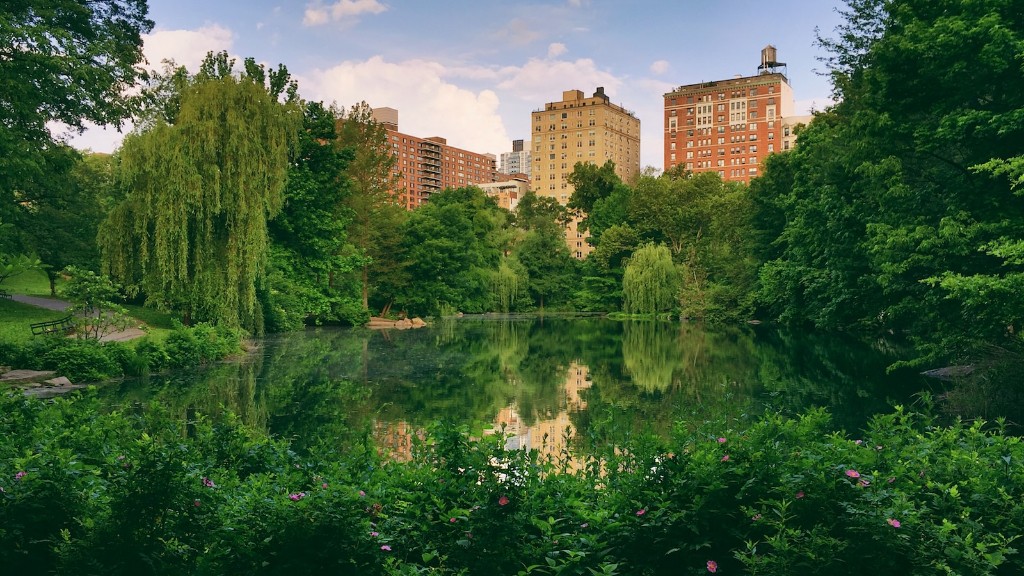What Happens if Yellowstone Park Volcano Erupts?
Yellowstone National Park, located in the western United States, is known for its breathtaking landscapes and abundant wildlife. However, beneath its picturesque surface lies a massive volcano that has the potential to cause catastrophic devastation if it were to erupt. The Yellowstone Park volcano, also known as the Yellowstone Caldera, is one of the most powerful and volatile supervolcanoes on Earth.
Scientists estimate that Yellowstone Caldera’s last eruption occurred approximately 640,000 years ago. This eruption was a thousand times more powerful than the 1980 eruption of Mount St. Helens. If the Yellowstone volcano were to erupt, it would have significant consequences not only for the surrounding area but also on a global scale.
During a volcanic eruption, a multitude of hazards arise. First and foremost is the release of enormous amounts of volcanic ash into the atmosphere. This ash would blanket nearby states and could potentially extend across the entire continent, affecting air quality and posing a severe threat to human health. The ash would also disrupt transportation systems, causing widespread travel delays and potentially damaging aircraft engines.
The eruption of the Yellowstone volcano would also result in the expulsion of massive amounts of lava, which would flow across the landscape and destroy everything in its path. This would have devastating effects on the natural ecosystem and wildlife within the park, as well as nearby communities and infrastructure. The destruction caused by the lava flows would take years, if not decades, to recover from.
In addition to ash and lava, the eruption would trigger significant earthquakes and ground deformation due to the movement of magma beneath the surface. These seismic activities would likely lead to the collapse of buildings and infrastructure, causing further damage and loss of life.
Furthermore, the release of volcanic gases, such as sulfur dioxide, could lead to the formation of acid rain. Acid rain can have devastating effects on vegetation, crops, and aquatic life, further exacerbating the ecological damage caused by the eruption.
Experts warn that a Yellowstone eruption could also have severe global consequences. The expulsion of volcanic ash and gases into the atmosphere would block sunlight, leading to a decrease in global temperatures. This reduction in temperature could disrupt agricultural processes and cause food shortages on a global scale, potentially leading to widespread famine.
The Warning Signs of a Yellowstone Eruption
Although the Yellowstone volcano has not shown any imminent signs of erupting, monitoring efforts are in place to detect any potential volcanic activity. Scientists closely monitor the ground deformation, gas emissions, seismic activities, and thermal features in the park to provide early warnings if any significant changes occur. This monitoring network, along with advanced geological modeling, allows experts to make more accurate predictions about potential eruptions.
The Preparedness and Response Measures
In the event of a Yellowstone eruption, it is crucial to have effective preparedness and response measures in place. Local authorities work closely with federal agencies and emergency management teams to develop evacuation plans, establish emergency shelters, and educate the public on safety protocols.
It is important for individuals residing in or near the Yellowstone region to stay informed about potential volcanic hazards and be prepared to follow evacuation orders if necessary. Creating emergency kits, including essential supplies and documents, can greatly assist in the event of an eruption.
Conclusion
While the Yellowstone volcano eruption remains a low-probability event, the potential consequences are immense. The proactive efforts of scientists, government agencies, and emergency management teams serve to mitigate the risks and ensure that communities are prepared to respond effectively if such an event were to occur. It is crucial to remain vigilant, informed, and prepared to safeguard lives and minimize the damage caused by this powerful force of nature.



